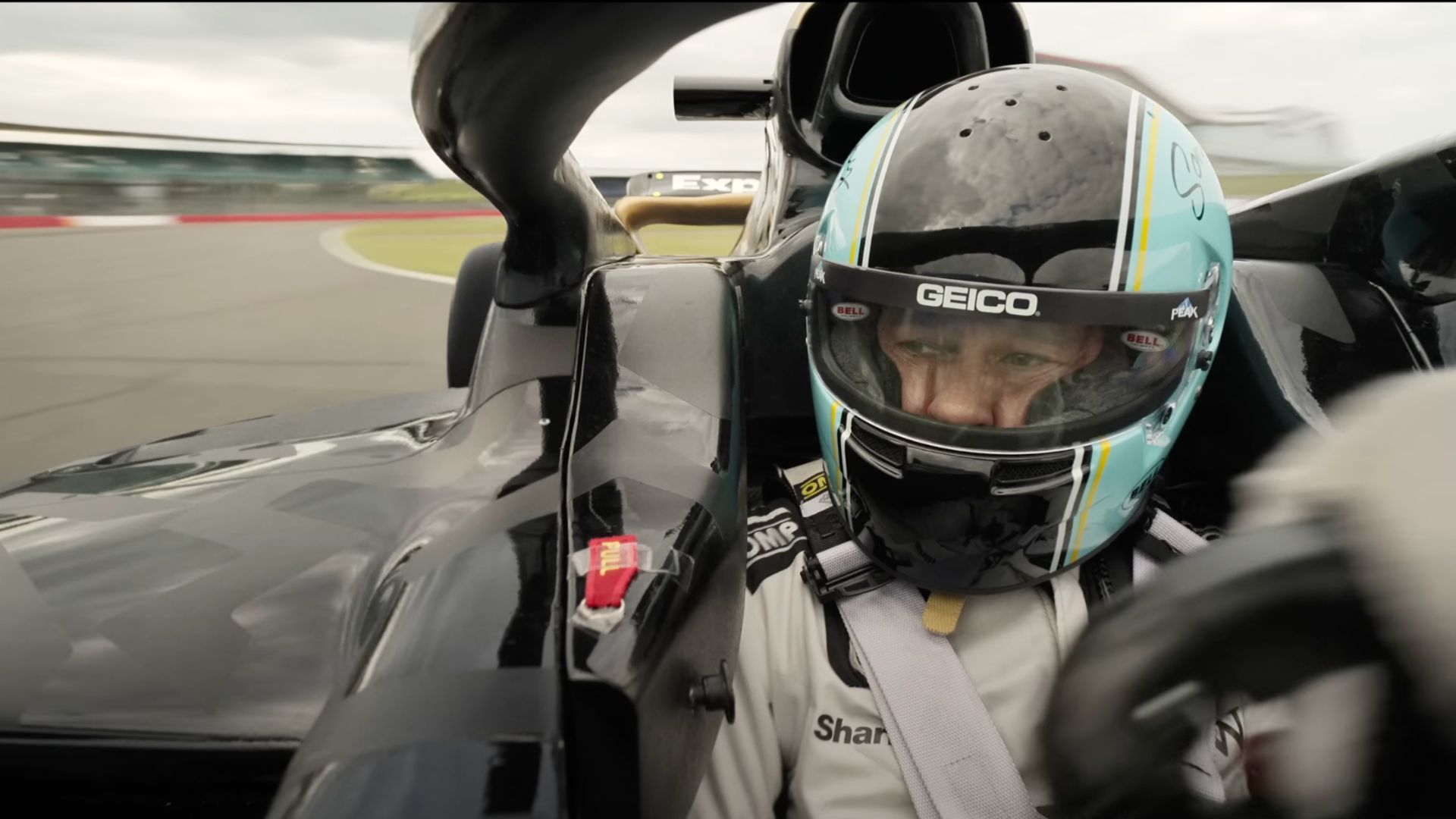Apple’s Innovative Haptic Trailer for "F1: The Movie"
In today’s competitive landscape of cinema and streaming services, capturing audience attention is increasingly challenging. To promote "F1: The Movie," Apple has introduced a groundbreaking approach—a haptic movie trailer that adds a physical dimension to the viewing experience.
Merging Phone Haptics with Movie Promotion
When viewers watch the trailer on a compatible iPhone, the device’s haptic engine vibrates in sync with the video content. For example, as the audience experiences the exhilarating race from the driver’s viewpoint and hears the roar of the engine hitting its peak RPM, the phone reverberates, mimicking the sensation of being behind the wheel of a race car. This innovative feature enhances immersion, transforming a simple trailer into a compelling sensory experience.
Historical Context of Haptic Technology
While Apple’s haptic trailer represents a novel marketing strategy, the concept is not entirely unprecedented. Haptic feedback, often referred to as “4D” experiences, has long been used in cinemas that feature vibrating seats in response to on-screen action. Additionally, video games have utilized haptic technology for years, allowing players to feel vibrations during significant moments, whether in scripted sequences or real-time interactions.
Thus, the haptic trailer brings forth an idea that many consumers may have already encountered, raising questions about the enthusiasm surrounding this feature. Despite its familiarity, the response from the audience indicates a curiosity that drives engagement.
Looking Ahead: Will the Full Movie Include Haptics?
The next logical question is whether the full film on Apple TV+ will offer a haptic experience. Trailers typically serve as a representation of the overall movie experience. If the complete film lacks similar interactive features, it may lead to feelings of misrepresentation.
Is this haptic experience merely a technical demonstration? It raises intriguing possibilities: could users enjoy the full movie while holding their iPhones for synchronized haptic feedback, or perhaps connect a controller like the DualSense to feel tactile sensations during the film viewing? While these scenarios are speculative, they prompt interest in how Apple might expand this technology in future offerings.
Future Implications: Expanding Haptic Experiences
Initially, there was a notion that this development might hint at potential applications for the upcoming Apple Vision Pro. However, it is important to note that the Vision Pro currently lacks haptic motors, which casts doubt on whether the haptic trailer previews a forthcoming feature.
It remains uncertain whether this is a one-off experience or simply the initial step toward broader applications of haptic technology in entertainment. Apple may decide to continue employing haptics in future trailers, yet its long-term plans in this area are still ambiguous.
Marketing Potential Versus Technological Advancement
While the haptic trailer is undoubtedly an impressive marketing tool, questions linger about its value beyond mere novelty. Engaging viewers in an entertaining manner can be effective, especially for a film that may not have otherwise captured widespread attention. Nevertheless, for audiences to feel satisfied, there should be a more substantial integration of immersive technologies in Apple’s future endeavors.
For instance, revisiting 3D cinema experiences could be a fruitful avenue, particularly with the potential release of a more consumer-friendly Vision Pro. The integration of haptic feedback along with spatial audio could elevate this experience, promising a richer sensory environment for film lovers.
Conclusion: The Future of Haptic Trailers
In summary, Apple’s haptic trailer for "F1: The Movie" represents an exciting innovation in film promotion and viewer engagement. While it demonstrates technical prowess and market creativity, the broader implications for future cinematic experiences remain to be seen. As audiences await developments in this technology, it is worth considering how Apple plans to integrate such immersive features into its content offerings. The film industry may be on the brink of a significant shift as companies explore the intersection of technology and entertainment.




